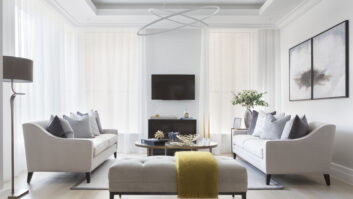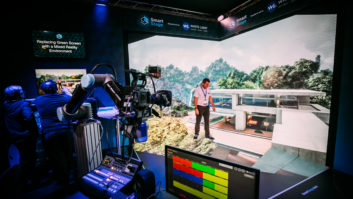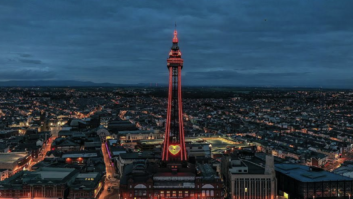
The move to LED on stage has occurred recently and penetration is rapid. “LED cyclorama lights started to gain a foothold around two and a half years ago, but it has only really been in the last year to 18 months that moving head units have emerged with the quality of white light and colour consistency between units that the industry demands,” says Adrian Searle, head of technical and hire at Stage Electrics. “The market is moving fast, new generations appear a year or so apart; a wide range of techniques is being introduced that is providing enormous benefit to the industry.”
There does not appear to have been a single driving factor that has caused this, rather, he says: “A combination of events, including product maturity and quality, industry awareness, environmental considerations and the ability to filter LED light without ending up with little luminosity.”
Now that it is widely available, LED lighting and the latest generations of luminaires deliver numerous benefits including instantaneous control and a wide colour palette; which allows a single luminaire to replace several dedicated units in a show. The ability to create highly saturated colours and silently and rapidly change between them is appreciated by both designers and operators, as are the effects that are made possible, such as colour strobing and following. Motors are much faster, allowing units to complete an effect and then reset to be used in another within a second or so, further allowing single units to replace multiple sets.
New LED colours are also being introduced into device heads that extend the colour gamut and create new visual effects, for example, the addition of UV LEDs that produce a ‘metallic’ type of light. Manufacturers are starting to add in more colours and are also using white LEDs with higher CRI in fixtures to make sure that costumes and scenery react as expected under LED lighting. White LEDs enable colour to be created at specific colour temperatures; managed within the device software.
“The colour temperature of luminaires can be adjusted using built-in correlated colour temperature presets, so that designers can choose which colour temperature they would like in each cue,” points out Michael Brooksbank, European general manager of Chauvet (pictured).
“Designers want the ability to create natural light, with the right sculpting attributes. They seek an all-round tool that provides enough lumen coverage, natural-looking light and the ability to have a full range of colour; everything from an electric look into dusty sunsets lets designers achieve what they want,” says ETC’s Matt Armendariz-Kerr. “One of the major advances is to incorporate lime emitters which ties the colour spectrum together, increases brightness and makes the light richer.”






